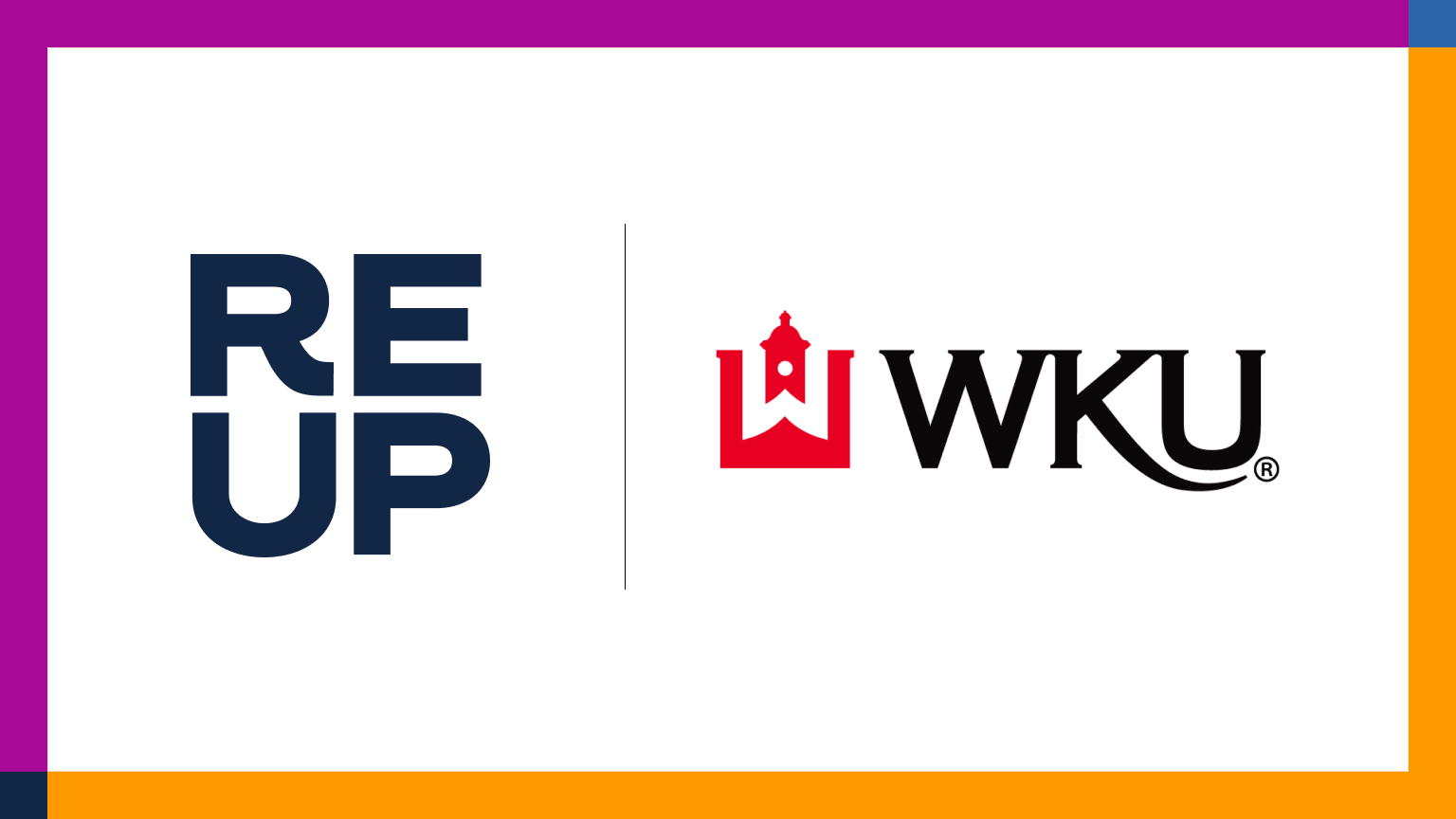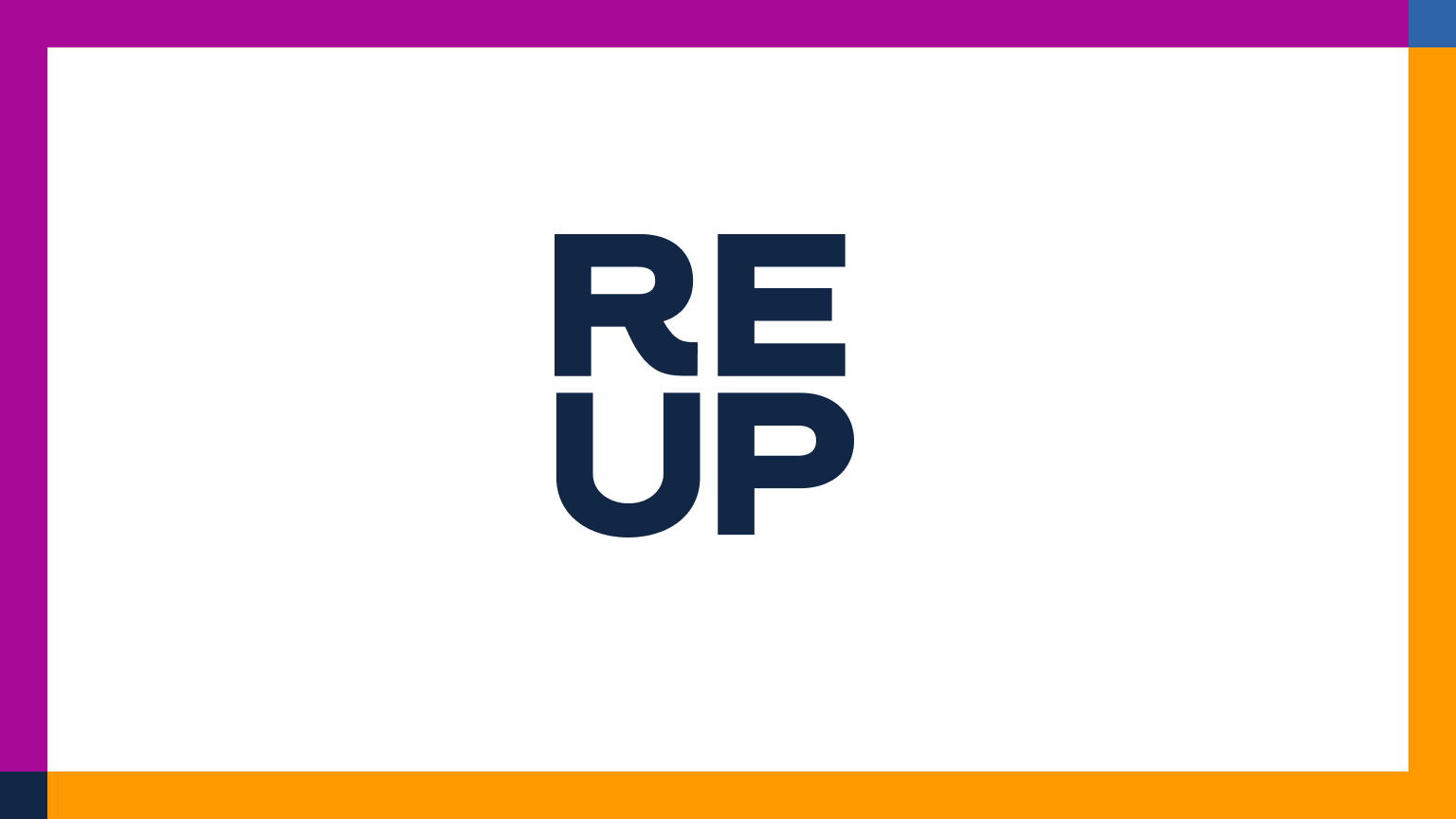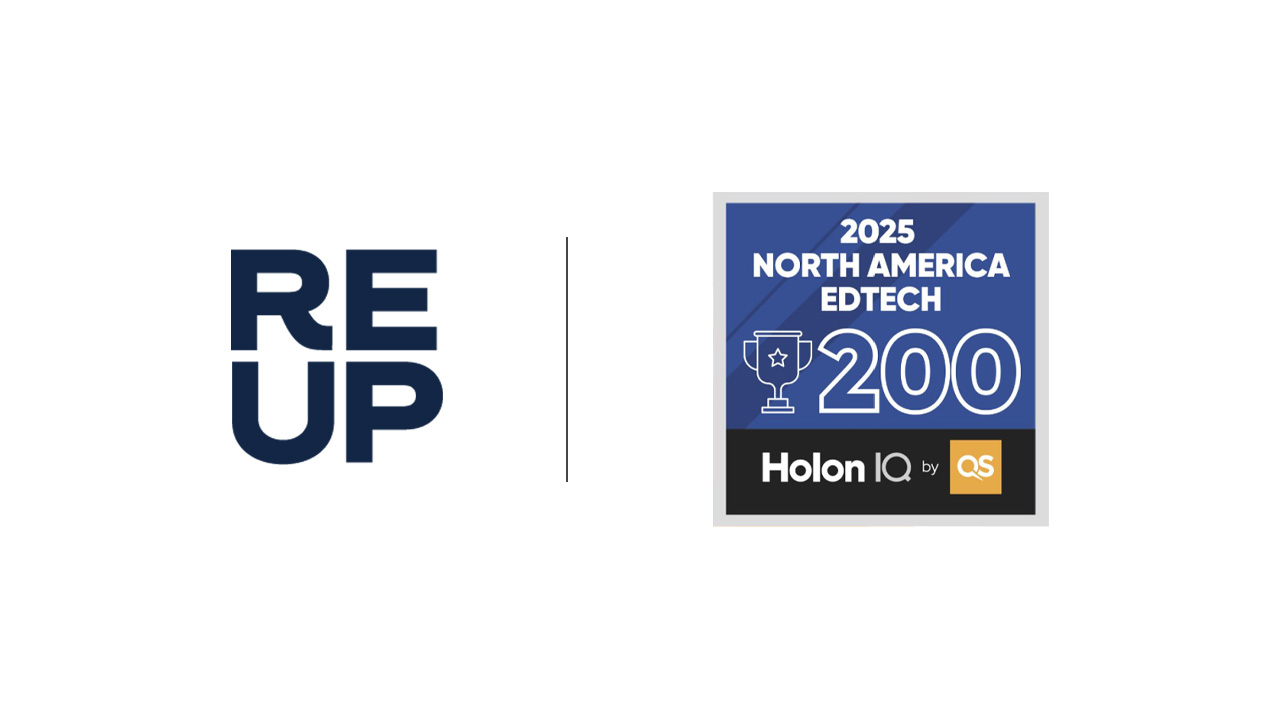Nitzan Pelman was in her twenties when she began to teach herself the basics. How to write a coherent sentence. How to think critically. Labeled a special needs student at a very young age and raised in an educational environment that gave up on her from the start, Pelman had never really believed herself capable of learning much—much less teaching herself. But once she got started, unhampered by limiting expectations and afire with intellectual curiosity, she flourished.
Today, advanced degree in hand and standing at the helm of ReUp Education—which she co-founded—Pelman has every reason to believe in human potential, second chances, and the importance of shedding harmful labels. That belief permeates everything at ReUp, a company that partners with colleges to help them find students who have “stopped out” but want to come back and graduate.
“Part of our work is changing the perception surrounding these often forgotten students,” explained Pelman. “These learners have tremendous potential and passion. Life just got in the way, making going to school impossible at that time.”
The first three university partners signed on last year, with a fourth to be announced this week, entering into revenue sharing agreements with ReUp. These universities provide a list of stopped out students, and ReUp does the rest, using predictive analytics and automated surveys to effectively engage potential students and assess their interest. Success coaches, many with a history of overcoming educational barriers themselves, then reach out to the most interested students. Aided by AI-powered language analytics, these coaches help students discern what it would take to re-enroll and graduate. If the students are in a position to commit, ReUp helps them navigate the way back and through to the finish line. In the revenue sharing model, ReUp only makes money when students succeed in taking steps towards earning their degree.
In its first year, ReUp impressively re-enrolled 3,000 students and has ambitious expansion goals in this new “re-entry” market it created. In so doing, could ReUp be disrupting the broader life coaching and retention industry in higher ed? We put ReUp to the test with six questions for identifying disruption.
1. Does it target people whose only alternative is to buy nothing at all (nonconsumers) or who are overserved by existing offerings in the market?
Yes. ReUp targets reputable colleges and universities that have both excess capacity and a desire to boost completion rates through re-enrollment, especially those who have been unable to establish successful internal efforts. No other company focuses exclusively on providing re-entry services, which makes ReUp the main, and possibly only, option.
2. Is the offering not as good as existing offerings as judged by historical measures of performance?
Yes. From a university’s perspective, re-enrolling stopped out students is often seen as generating lower returns on investment than first-time enrollment and retention efforts. These students are traditionally at a higher risk of not graduating than first-time students and may require more resources to help them succeed.
3. Is the innovation simpler to use, more convenient, or more affordable than existing offerings?
Yes. Once partner universities hand over the list of stopped out students, their work is basically done. ReUp does not provide academic advisory services, but its life coaching offering is otherwise comprehensive.
Regarding affordability, it’s difficult to compare the cost of universities’ internal re-entry efforts, if they have any, to ReUp’s offering. What we can say is that through its revenue sharing model, ReUp takes on all the risk. So far, ReUp has generated over $10 million in risk-less revenue for its partner universities.
4. Does the offering have a technology that enables it to improve and move upmarket?
Yes. ReUp has extensive data on tens of thousands of students from its partner universities, including transcripts of every interaction. To help extend the reach and effectiveness of its success coaches, ReUp has aggressively developed its predictive analytics and artificial intelligence capabilities. As described above, these capabilities play an integral part in helping ReUp efficiently find the students who they can best help succeed.
What “upmarket” would be for this new market category is an open question. Could ReUp use its data and technology to address the rest of the student life cycle? As ReUp refines its technology and methods, becoming increasingly profitable at the perceived low-ROI portion of the market, it could potentially progress toward providing coaching and retention services for all students, and more profitably than existing retention service providers.
5. Is the technology paired with a business model innovation that allows it to be sustainable?
Yes. In the revenue sharing model, partner universities pay nothing upfront and earn revenue that they otherwise would likely not earn. As mentioned earlier, this puts the risk squarely on ReUp’s shoulders, aligning its incentives with those of partner universities and students alike.
On the cost side, coaching is a high-touch service. Automating some student interactions and generating impactful, data-driven insights are imperative to keeping the number of success coaches at sustainable levels.
6. Are existing providers motivated to ignore the new innovation and not feel threatened by it at the outset?
For now… ReUp is tackling the perceived least profitable sector of the market. Retention service providers have little reason to expand into ReUp’s territory. However, one established player in the retention space is testing the waters. The re-entry space might be too compelling to stay quiet for long.
When we spoke with Pelman, she was traveling around the country, speaking to universities about the massive pool of students ReUp could help them serve. “These students have debt and no value for their debt,” she noted. “We are building the case for focusing on this crucial category of students. It’s what’s right for the economy and for society writ large.”
But as much as Pelman enjoys discussing business details and disruptive innovation and the economy, her voice sounds brightest when recounting her conversations with re-enrolled students who, once they get started, unhampered by limiting expectations and afire with intellectual curiosity, finally flourish.



